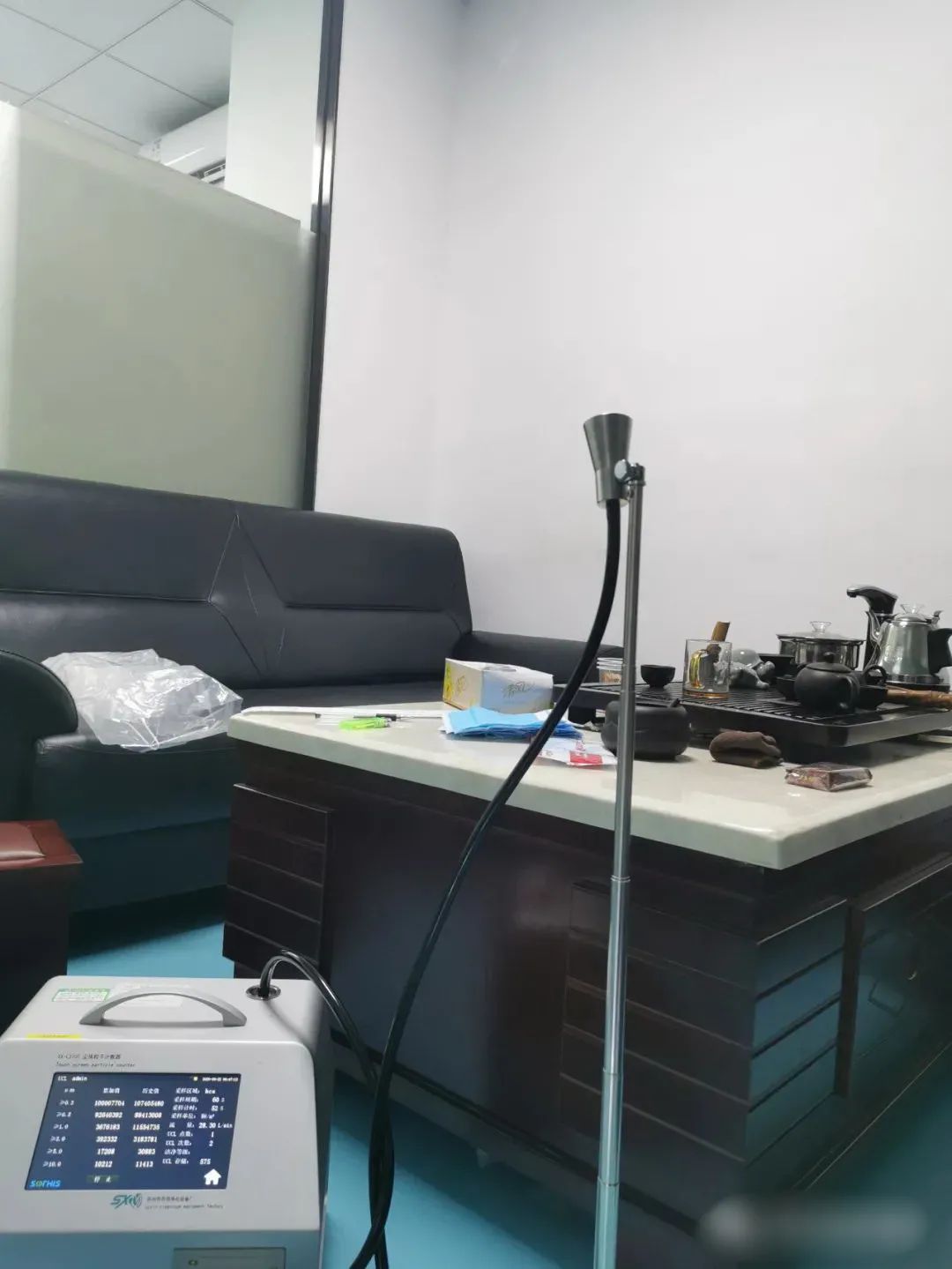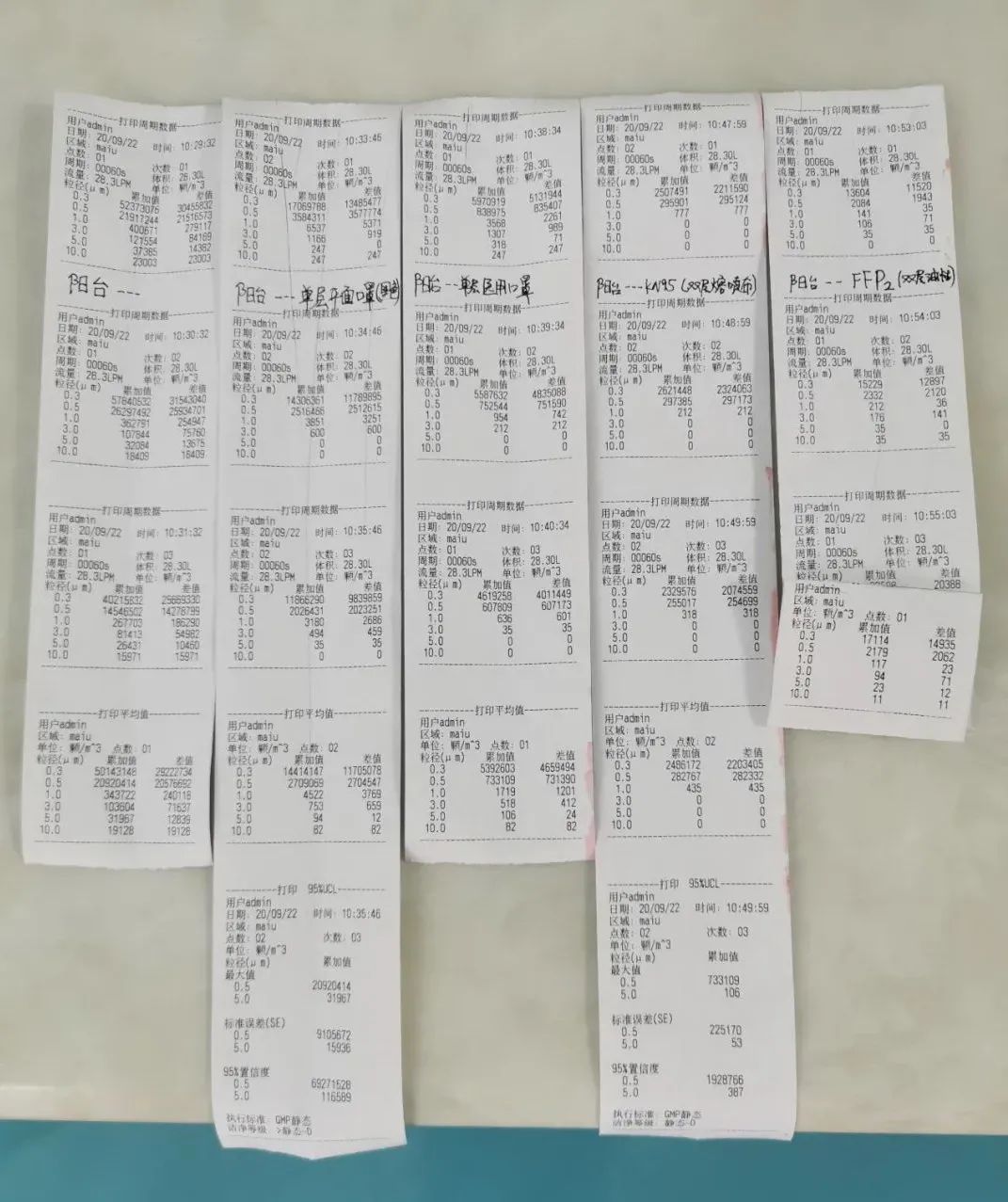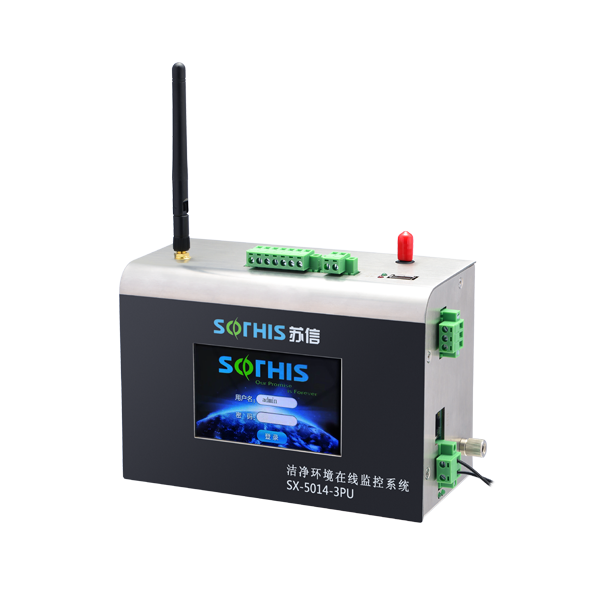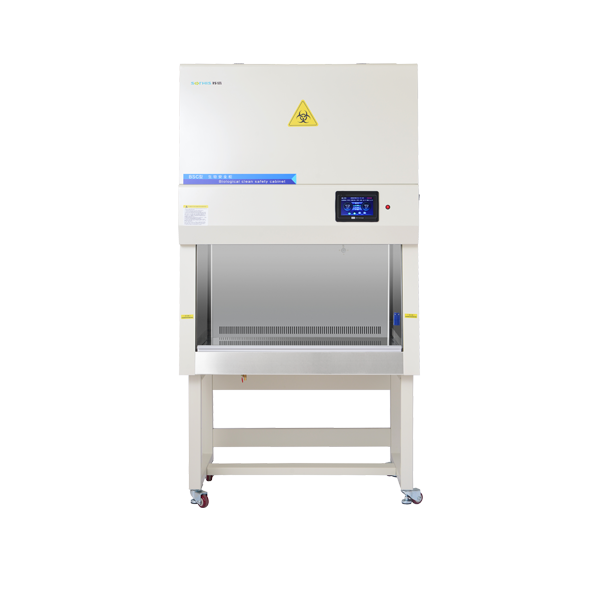
Let's take a look at this set of data. After smoking a cigarette in the pantry, the number of 0.3 μ m dust particles reached 110 million, and there were also 10 million 0.5 μ m dust particles.
Here is a comparison of the number of dust particles in different spaces:

From the above data, we can see that the environment we live in is quite harsh. Especially for people who smoke, those invisible dust particles cannot be inhaled into their lungs and cannot be expelled. Therefore, for the sake of health, please quit smoking as soon as possible! However, even without on-site smoking, the amount of dust particles in the pantry is still very high due to air pollution. So for those who are sensitive to smoke or want to eliminate secondhand smoke, is there any other way besides going to fewer places?

From these data, we can see that the number of dust particles in the office where we work every day reaches 48 million, which is higher than the number of dust particles on the roadside and outdoors (less than 10 μ m). Although we cannot see these dust particles, they are indeed real and constantly affecting our health. So, for white-collar workers who work for a long time and don't go out, if they cook in the kitchen at home and inhale oil fumes, it is estimated that there will be a lot of dust particles settling in their lungs. Can this explain why most women who do not smoke also have a higher incidence of lung cancer.
For the health of all of us, please stay away from air pollution and quit smoking as soon as possible!


